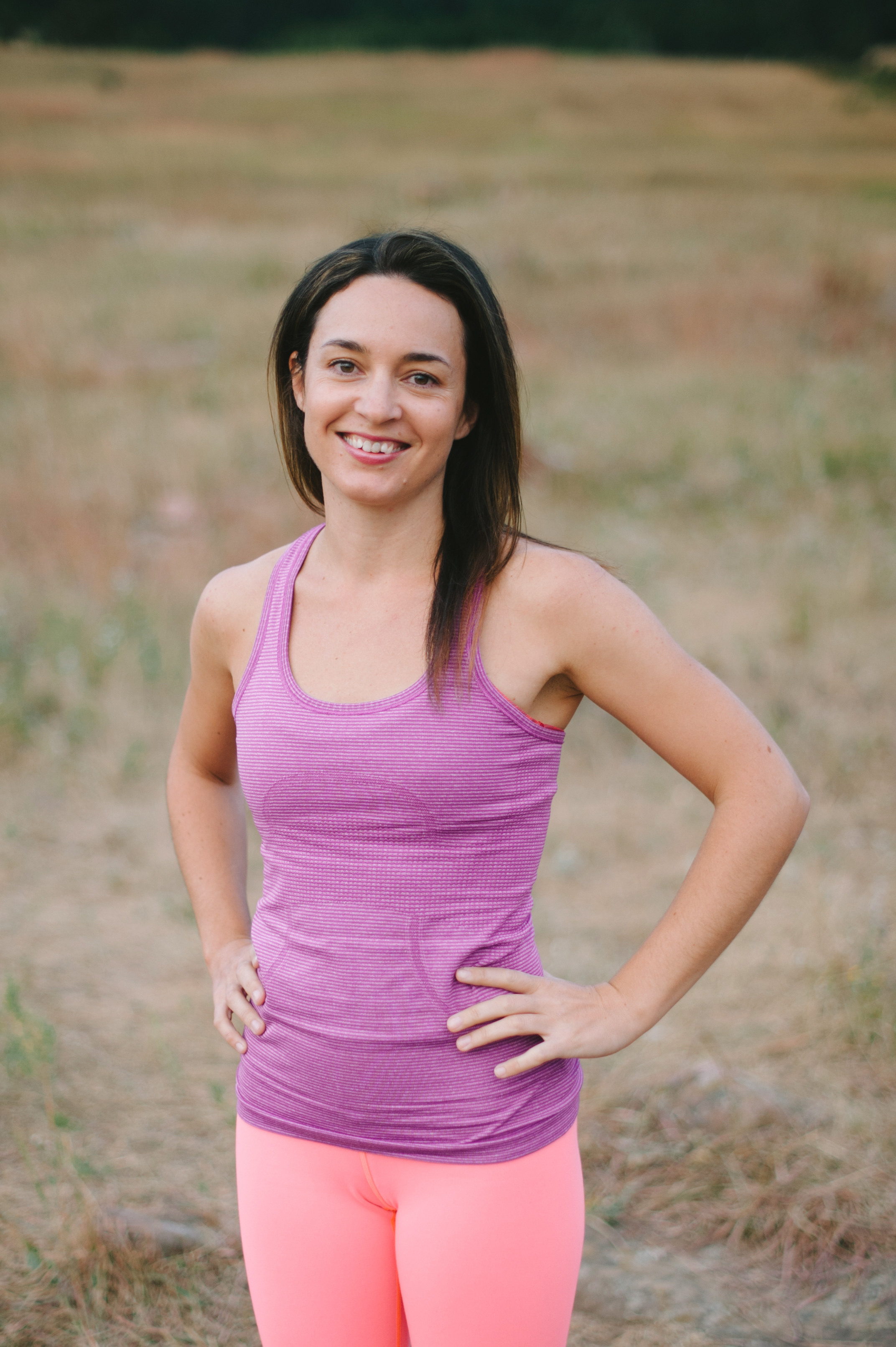These are the 3 best quick drying fabrics for hikes and runs
Ensure your outdoor wardrobe is well-stocked with garb and gear made from these quick-drying fabrics to stay warm and comfortable
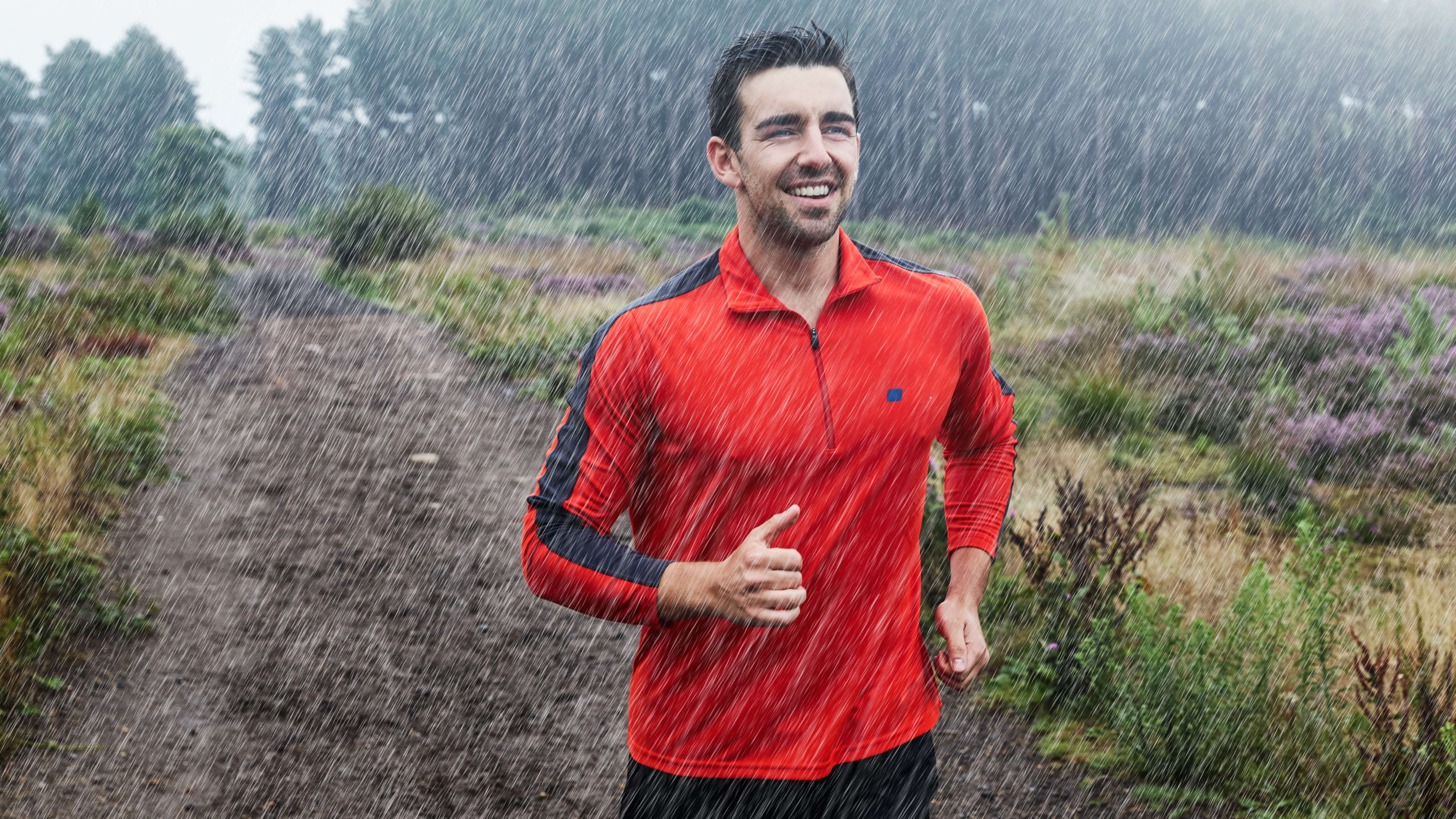
"It's just water, and you're waterproof," so they say. However, being wet for hours on end is at best unpleasant and, at worst, dangerous, especially in the remote backcountry. When it comes to outdoor clothing, waterproofness and the ability to insulate are often named as the most sought after properties, yet we'd make a strong case for quick drying being just important. After all, there's nothing wrong with getting wet if you're then dry again just minutes later.
We've tasked one of our hiking experts to consider what the three best quick drying fabrics are. Having lived in Colorado's dry climate and Scotland's rather wet one, she's well placed to know how vital quick drying fabrics can be.
The best quick drying fabrics
Below are the three best quick drying fabrics in outdoor clothing today. For more detail on each, click the links or scroll further down this guide:
- 1) Polyester – breathable and durable synthetic fabric
- 2) Nylon – strong, synthetic material used in jackets, tents and backpacks
- 3) Merino wool – highly breathable miracle fabric sourced from Merino sheep
| Header Cell - Column 0 | Polyester | Nylon | Merino wool |
|---|---|---|---|
| Source | Synthetic, made from plastic fibers | Synthetic, made from plastic fibers | Natural, sourced from Merino sheep |
| Properties | Durable, hydrophobic, wicks moisture away and quick drying. However, it can start to smell after prolonged wear. | Nylon is highly durable and contains a good amount of stretch. However, it's not as moisture-wicking or as breathable as polyester or Merino. | Something of a miracle fabric thanks to its high warmth-to-weight ratio, breathability and moisture wicking capabilities. However, it's not as durable as polyester or nylon. It's also naturally odor-resistant. |
| Suitability for running | Its lightweight and affordable qualities make it an excellent choice. | As nylon is less breathable than polyester and Merino, it's not quite as well suited to high energy activities. | Merino is heavier than polyester and not as durable. It can also become saturated in hot conditions. |
| Suitability for hiking | Polyester is a good option for hiking but isn't as warm or odor-resistant as Merino. Works well for summer day hikes. | Nylon is widely used in jackets and backpacks thanks to its strength and quick drying properties. | Merino's ability to regulate your temperature makes it a great choice for hiking base layers. |
| Eco-creds | Linked to the petrochemicals industry and will never biodegrade. | Linked to the petrochemicals industry and will never biodegrade. | Will biodegrade and comes from natural sources |
Meet the expert
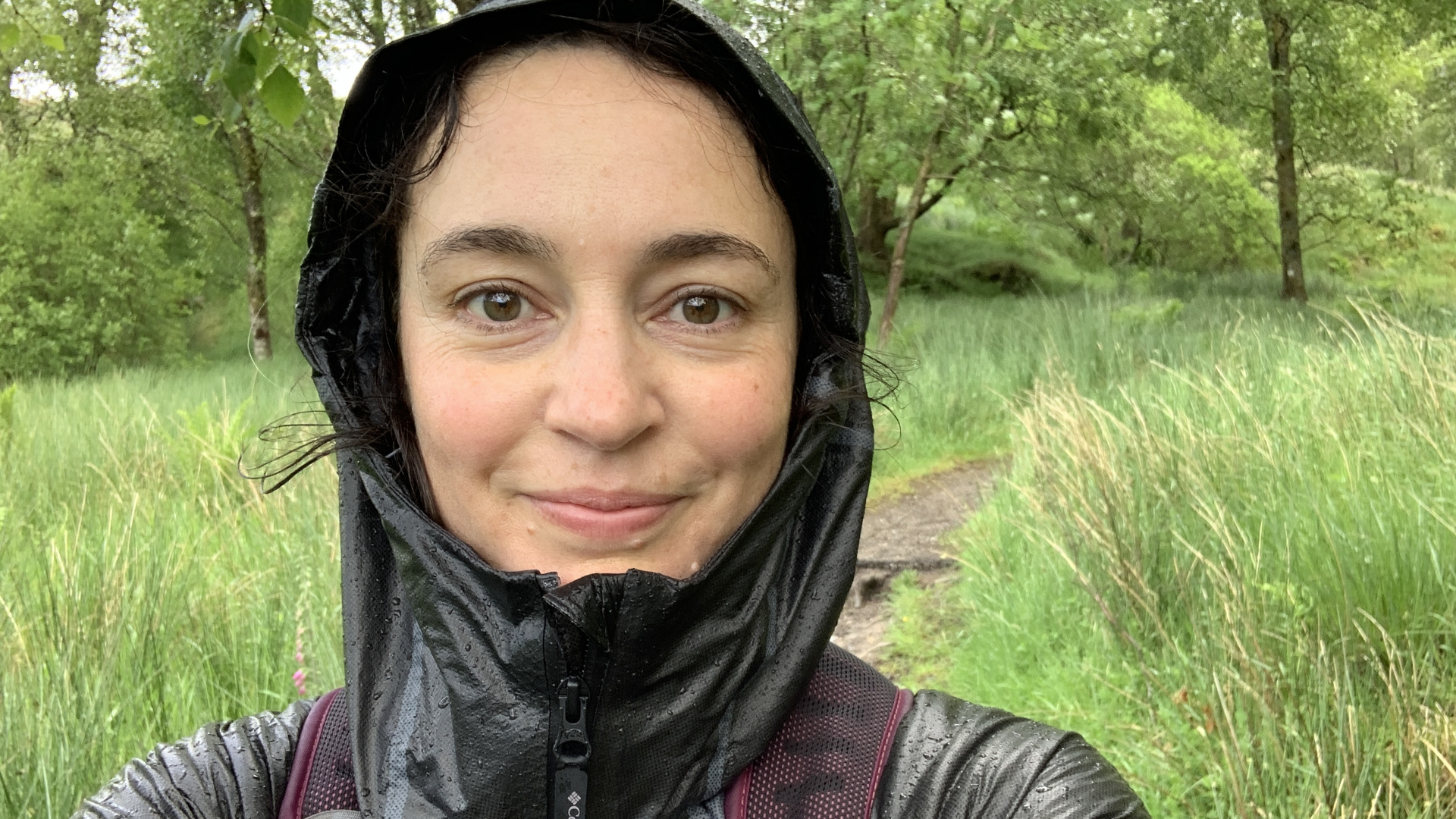
With the Scottish Highlands on her doorstep, gear expert Julia has more call for quick drying clothing than most. Here, she considers the best 3 quick drying fabrics based on her experiences hiking in Colorado and in Scotland.
Today's best deals
My experiences in Colorado and Scotland
Waterproofness might be next to godliness in the outdoor world, but I’ll be honest, when I lived in Colorado’s Rockies, I didn’t give it much thought. Sure, I’d throw a waterproof jacket into my backpack for hiking 14ers, but that was just to keep the wind off at the summit and the thought of owning rain pants? Laughable. It didn’t rain, and if it did I didn’t go hiking.
Fast forward to present day and now I’m back living in Scotland, I daren’t venture outdoors without a full waterproof get up. But despite the vast differences in the two climates, I do have one trick that I brought over the Atlantic with me, and that’s embracing quick drying fabrics wherever I go. I’ve got some key pieces of kit that I could barely function without – namely, my North Face Flight Series Weightless Tank Top which barely gets wet when I’m trail running in the rain and is bone dry again in minutes, and my Black Diamond Alpine Softshhell hiking pants which can get soaked in a light rain but dry out instantly the moment the sun comes out.
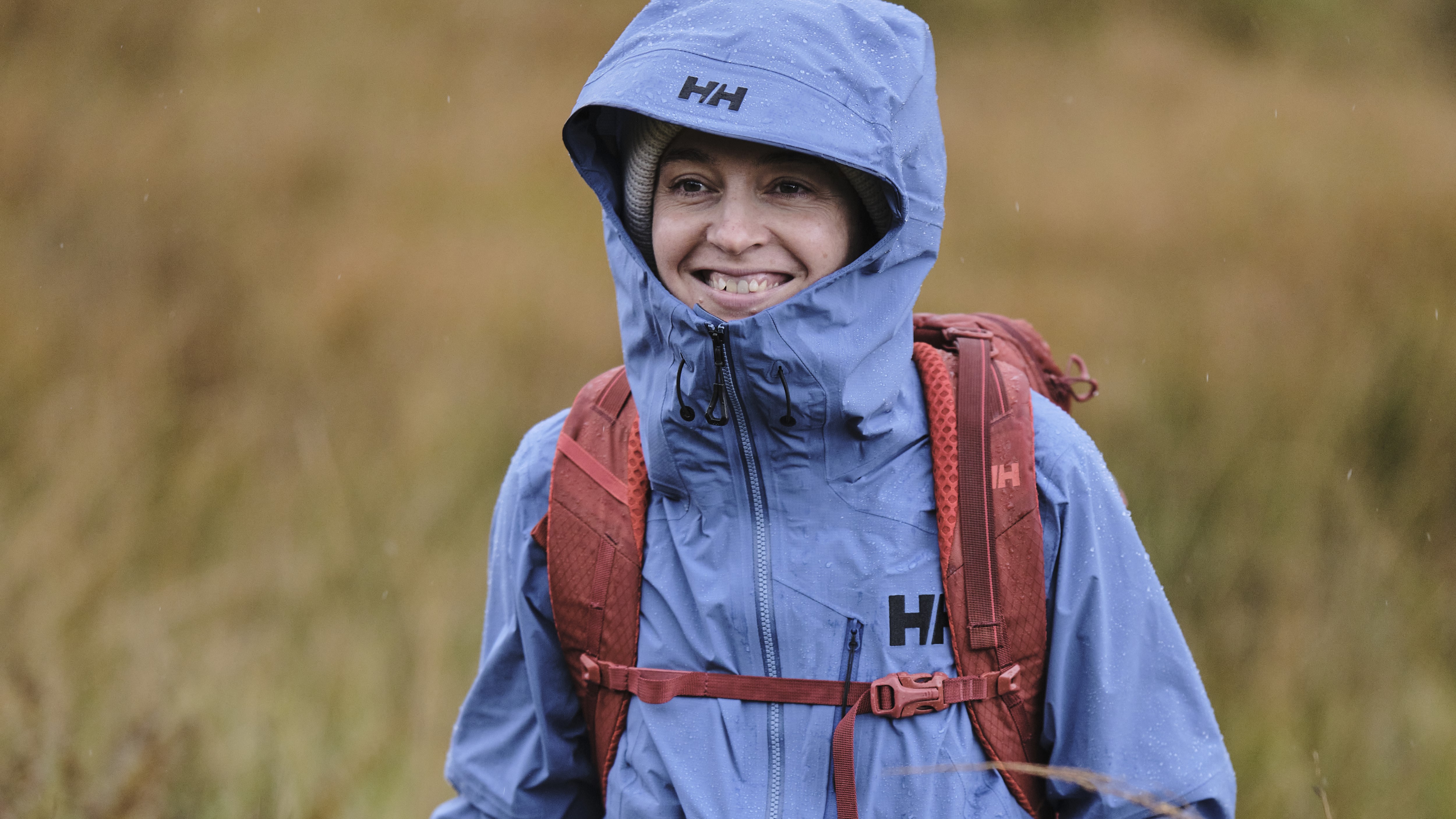
In Colorado, clothes like these made from quick drying fabrics were sufficient for sweaty hikes and getting caught out if I wasn’t quite back to the trailhead when the afternoon thunderstorms rolled in. In rainy climates, they work brilliantly in tandem with your waterproofs to prevent situations where you’re soaked to the skin and the temperatures drop, leaving you exposed to getting chilled and even hypothermia.
If you love the outdoors, it’s impossible to avoid getting at least a little damp at times between sweaty days and wetting out, but with quick drying fabrics, you can risk it, since they don’t absorb as much moisture to begin with and you know that when the rain lets up or you slow down, your clothes will dry in minutes. Get it wrong and wear cotton or bamboo clothing and you could be damp for the rest of the day, but focus on the following three fabrics in your outdoor wardrobe and you’ll be happier and more comfortable on all your adventures.
All the latest inspiration, tips and guides to help you plan your next Advnture!

Polyester
- Generally viewed as the quickest drying fabric
- Used widely in running tops and is great at wicking moisture away
- It repels rain well too
Polyester is generally viewed as the quickest drying fabric, which is great news for runners and hikers as it’s a common component in a lot of outdoor gear including virtually all of the best running tops we’ve tested, mid layers like the inov-8 Venturelite Mid Half Zip and hiking pants such as the Sasta Jero pants. Polyester is quick drying because it is a moisture-wicking fabric, which means it is good at drawing sweat away from your skin and letting it evaporate.
It is also hydrophobic, meaning it doesn’t soak up water like a sponge, so it repels rain water better than other fabrics and doesn’t get as sodden in the first place, and for that reason we like it for both running in hot weather and hiking during cooler, moist conditions. It’s also the basis of fleece, which means any fleece jacket you own or even a fleece base layer like the Montane Protium Lite will dry faster if you get soaked on a hike or run.

Nylon
- Moisture wicking but absorbs more water than polyester and is not quite as quick drying
- More durable than polyester, making it well suited to jackets, tents, backpacks and the like
Nylon, like polyester, is a synthetic material and shares a lot of the same properties. Namely, it’s moisture-wicking and good at repelling moisture, though it does absorb a little compared to polyester. For that reason, it’s not as quick drying as polyester, so if you get caught in a deluge wearing a top like the Megmeister Drynamo Winter High Neck Base Layer, it might take longer to dry than a polyester top, but it’s still quick to dry compared to many other fabrics.
Nylon is also even more durable than polyester, so it’s actually the main ingredient in a lot of non-clothing outdoor gear that holds weight, such as tents, hammocks and backpacks – all gear that you want to repel water and dry quickly on the trail.
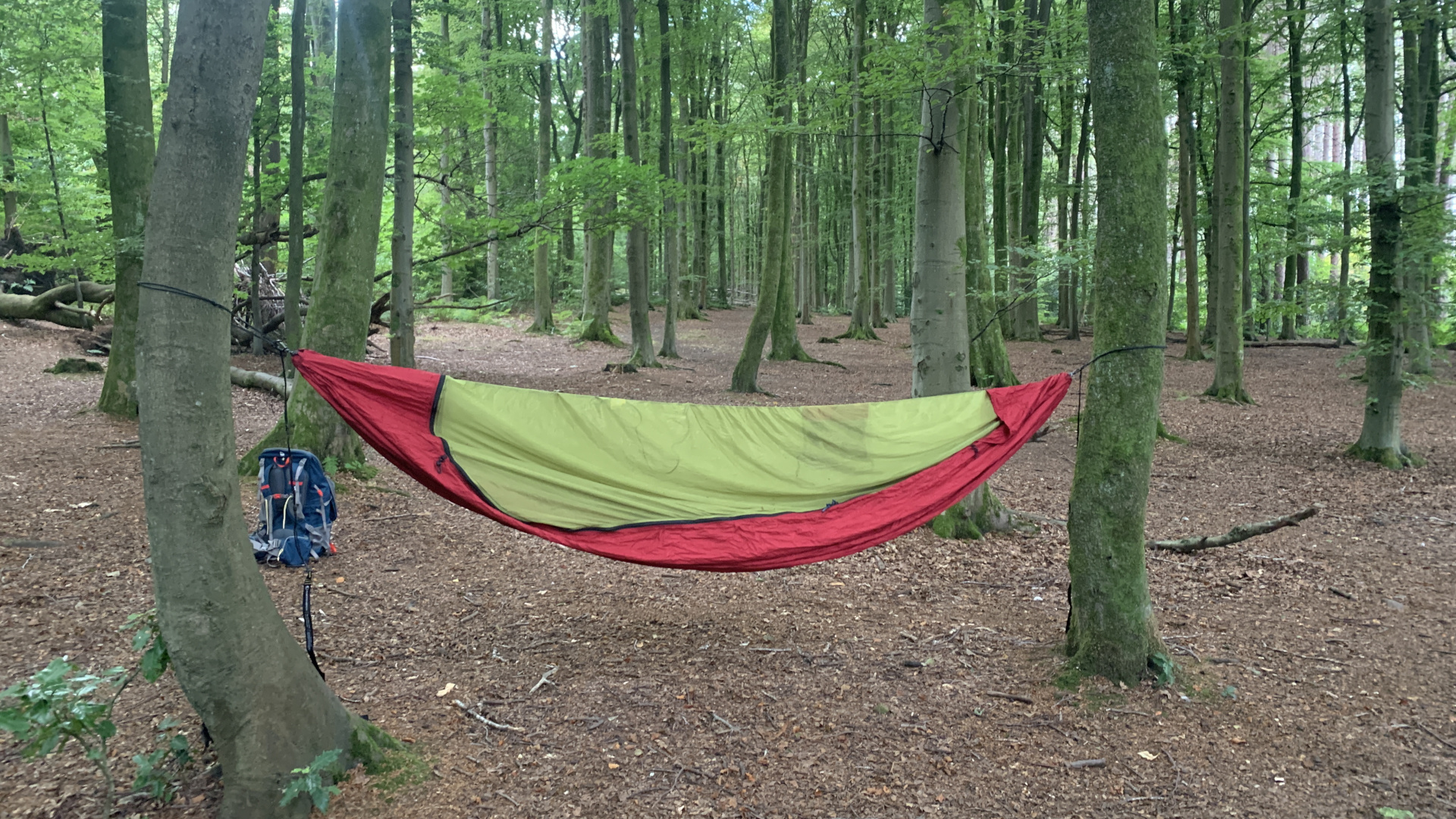
Merino wool
- A natural fabric that comes from Merino sheep
- Keeps you warm, even when wet
If you’re seeking a natural quick drying fabric, look no further than merino wool. It isn’t as fast drying as its synthetic counterparts, but unlike those fabrics, it will continue to keep you warm when it gets wet, which means you can afford the extra minutes if you get soaked. Basically, the inside of the wool fibers will absorb some moisture from sweat and rain, while the outside of the fibers stays dry, which is why you stay cozy regardless.
Obviously, a thinner base layer will dry quicker than a completely soaked, thick pair of hiking socks, but merino wool dries quickly enough and fortunately, it’s often blended with nylon, as in my Black Diamond Long Sleeve Rhythm t-shirt, to make garments quicker to dry and more durable. Win win.
Julia Clarke is a staff writer for Advnture.com and the author of the book Restorative Yoga for Beginners. She loves to explore mountains on foot, bike, skis and belay and then recover on the the yoga mat. Julia graduated with a degree in journalism in 2004 and spent eight years working as a radio presenter in Kansas City, Vermont, Boston and New York City before discovering the joys of the Rocky Mountains. She then detoured west to Colorado and enjoyed 11 years teaching yoga in Vail before returning to her hometown of Glasgow, Scotland in 2020 to focus on family and writing.
